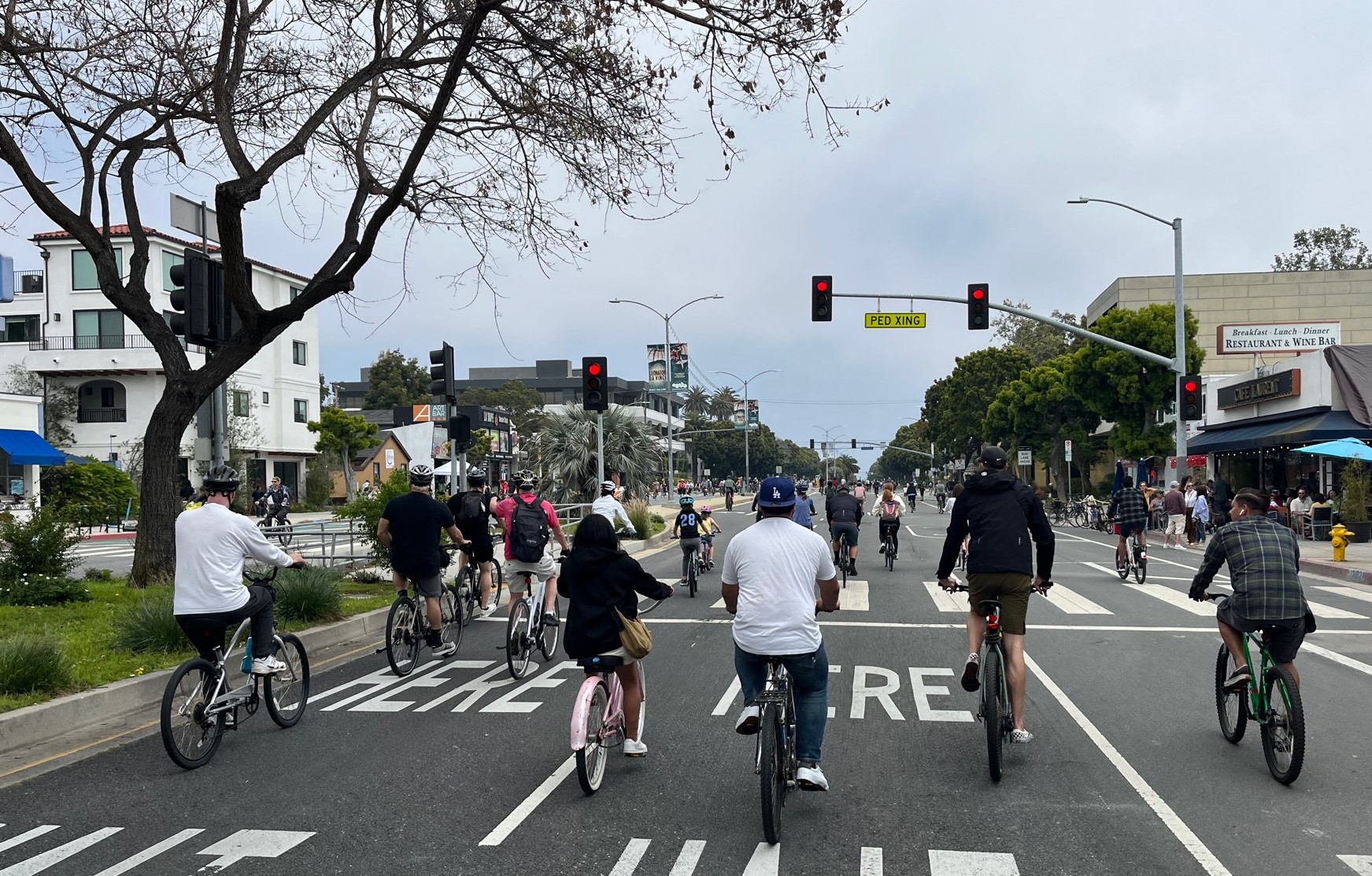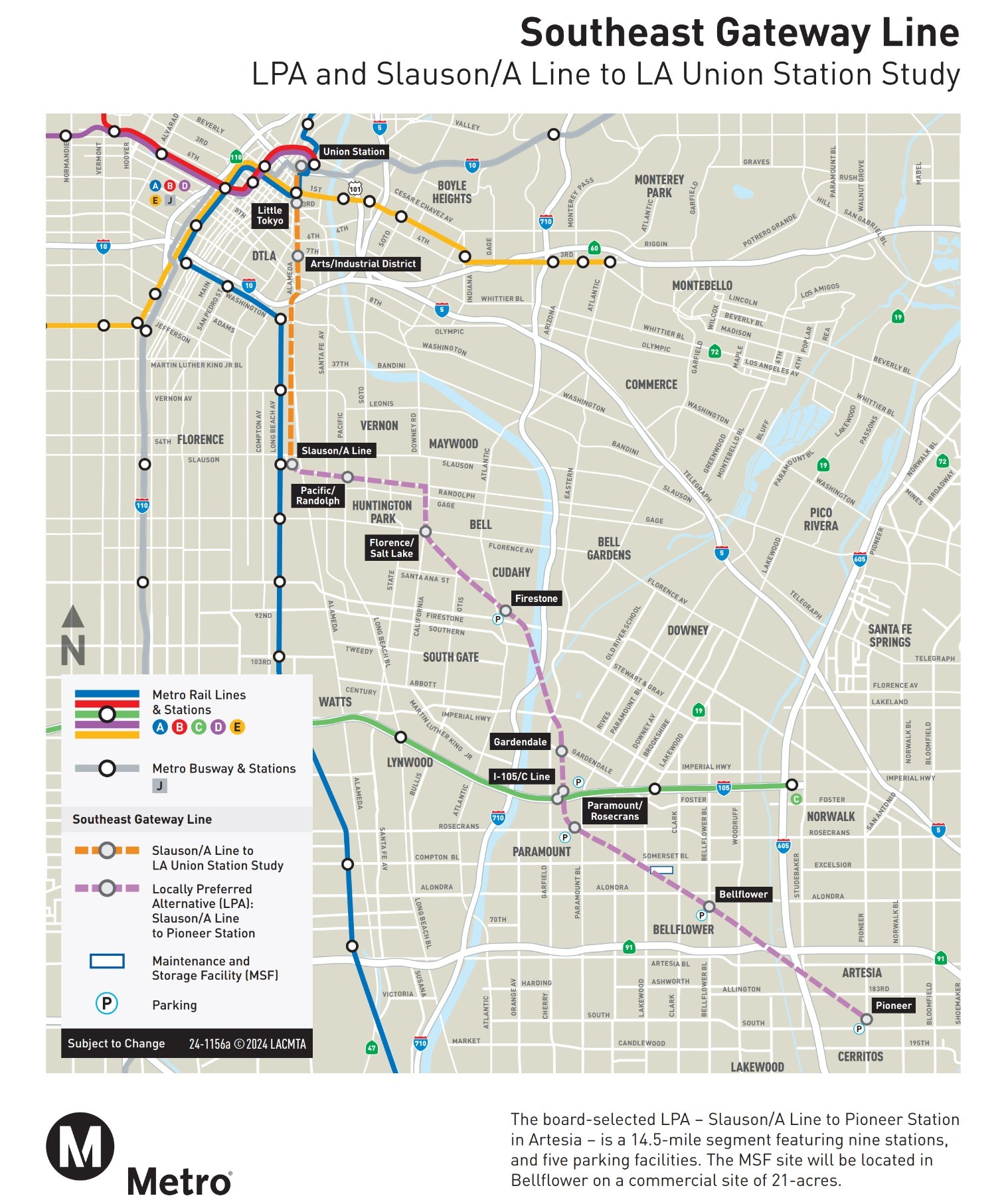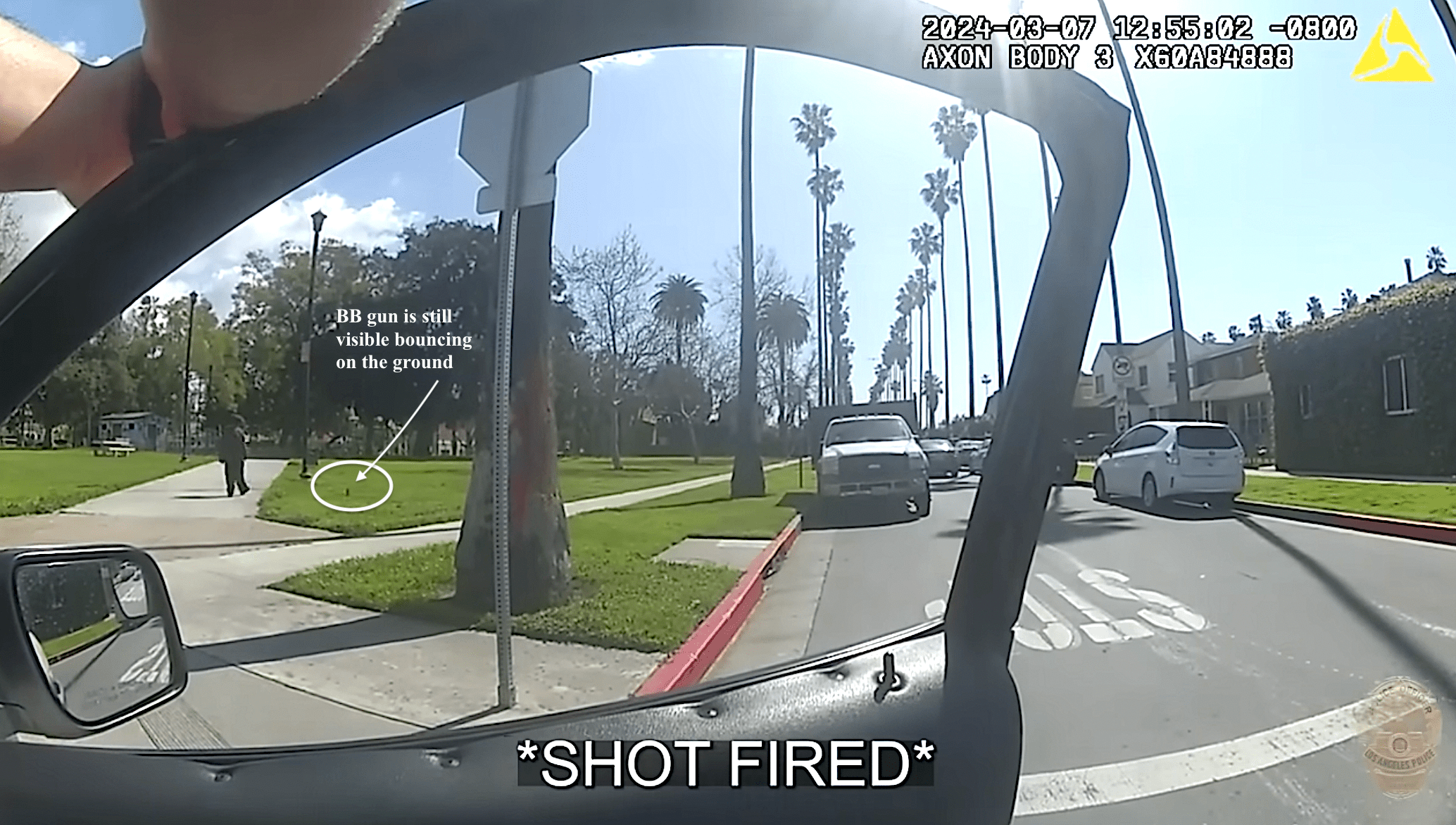One thing the government's CARS program -- a.k.a. "cash for
clunkers" -- has clearly stimulated is commentary. For a policy
involving a shade under $3 billion in federal spending, it has enjoyed
no shortage of media coverage.
In
part this is because the program looks like a big success, and
certainly congressional leaders and the White House have not been
bashful about touting it as such. The original $1 billion allocation
for the program was exhausted within days, and as sales data for August
begins to emerge it is clear that car sales experienced a banner month.
Was CARS a good policy, all things considered? Let's look at a few of the latest numbers on the program.
There
were approximately 1.17 million vehicle sales in August, which works
out to a seasonally adjusted annual rate of about 14 million vehicles.
June's sales rate was under 10 million and near the recession low,
while last August's rate was also about 14 million. Meanwhile, the
August norm in good times was about 16 million.
What does
that say about the value of the program? Well, let's say that August
sales would have matched June's sales in the absence of CARS. They
almost certainly would have been higher given economic improvements
between June and August, but for argument's sake, let's say they were
the same. We can then estimate how many additional sales CARS produced
and the actual subsidy per new sale.
Here's economics blogger Calculated Risk:
If Edmonds.com is correct,and total sales were 1.17 million...in August, then the tax creditonly generated about 320 thousand extra sales. Of course some regularcar buyers might have put off a purchase to avoid the rush in August,so this isn't perfect, but instead of costing taxpayers $4,170 per car(as announced by DOT), the cost to taxpayers per additional car soldwas close to $7,200.
In other words, CARS just didn't generate that many new sales. Much of the subsidy went to buyers who would have purchased anyway.
As
it turns out, much of the subsidy also went to people who weren't
interested in purchasing GM or Chrysler vehicles. While year-over-year
sales figures rose in August for Ford, Honda, and Toyota, sales declined by
15 percent and 20 percent respectively for Chrysler and GM. To the
extent that CARS was designed to help struggling American automakers,
it doesn't seem to have had the desired effect.
Particularly worrisome is today's report
that sales fell precipitously in the last week of August -- after the
CARS program ended. Rather than generate momentum for the automobile
industry, CARS may have primarily moved sales around. To a certain
extent, it might also have been counterproductive. How so?
Given fixed supply, a purchase subsidy will often just lead to an increase in price:
Jeremy Anwyl, CEO of the auto Web site Edmunds.com, said dealers andautomakers clearly gained from the big boost in sales. But while theincentives helped consumers, average prices for vehicles went up asbuyers less concerned about prices rushed to take advantage of therebates.
Inventory shortages from the popular program could keepprices high and drive down new vehicle sales. "We have created a salesbubble and now that bubble has burst," Anwyl said.
And
while Transportation Secretary Ray LaHood claimed that CARS saved jobs
and the the inventory draw-down would lead to increased production,
automakers are likely to be cautious in building new vehicles if demand
appears unsustainable. The White House's claim that CARS will boost
third quarter output by 0.3 percent to 0.4 percent will not prove
accurate if September sales fall back below trend.
And then
there's the environmental effect of the plan. Much attention has been
paid to the fact that purchased vehicles were some 9 miles per gallon
more efficient than traded-in vehicles. As I've noted before,
much of that gain would likely have taken place without the program,
based solely on the fact that oil prices rose steadily over the past
decade.
One pair of economists estimated
that the carbon savings from the CARS program worked out to roughly
$596 per vehicle -- well below the voucher values of $3,500 or $4,500
per new vehicle. Another economist estimated
that the implied cost of carbon under the program was somewhere between
$237 and $500, much higher than what is assumed to be an efficient
carbon price.
No matter how you cut it, CARS was an expensive means to reduce emissions.
That
doesn't mean that it was a total waste. There was almost certainly some
positive economic and environmental impact from the policy.
But
that $3 billion could have been used elsewhere. Other potential
programs -- restoring heavily used transit services trimmed by budget
cuts or funding weatherization programs, for instance -- would almost
certainly have been greener and more stimulative.
In the
end, "cash for clunkers" should be understood as a missed opportunity,
politically attractive but far from ideal as policy.





